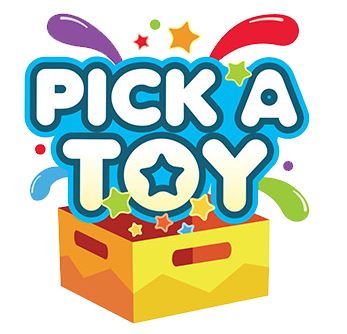Title: Toy Safety Tips: Ensuring Safe Play for Kids
Introduction
Toys are not just sources of fun and entertainment; they are also powerful tools for learning and development. However, ensuring that toys are safe for children is paramount. Every year, thousands of children are injured due to toy-related accidents. In this blog, we'll provide you with essential toy safety tips to help you make informed choices and create a safe play environment for your kids.
1. Age-Appropriate Toys
One of the most crucial considerations when selecting toys is to choose age-appropriate options. Manufacturers often label toys with recommended age ranges to guide your selection. These age recommendations take into account safety concerns and developmental appropriateness. Always follow these guidelines when buying toys for your children.
2. Inspect for Small Parts
Small parts pose a significant choking hazard for young children. Before giving a toy to a child under the age of three, inspect it for small or detachable components. If a part can fit through a toilet paper roll, it's too small for children under three years old. Keep these small parts out of reach to prevent accidents.
3. Avoid Toys with Strings, Cords, or Ribbons
Toys with long strings, cords, or ribbons can pose a strangulation risk. Be cautious when choosing toys like pull toys, crib mobiles, or musical toys with strings. Ensure that these items are well-secured and out of a child's reach while they're sleeping.
4. Check for Toxic Materials
When buying toys, be mindful of the materials used in their construction. Ensure that they are non-toxic, lead-free, and free from harmful chemicals. Look for toys that comply with safety standards set by organizations like the Consumer Product Safety Commission (CPSC).
5. Avoid Toys with Sharp Edges or Points
Inspect toys for sharp edges, points, or protruding parts that can cause injuries. Toys made of soft, rounded materials are generally safer. Additionally, avoid toys with exposed screws or sharp metal parts.
6. Ensure Sturdy Construction
Choose toys that are well-made and have sturdy construction. Avoid toys that are flimsy or easily breakable, as they can lead to accidents and injuries. Quality toys tend to be more durable and long-lasting.
7. Supervise Playtime
Always supervise your child's playtime, especially when they are using toys with small parts, electrical components, or riding toys. Your presence can help prevent accidents and ensure safe play.
8. Follow Assembly Instructions
If a toy requires assembly, carefully follow the manufacturer's instructions. Improperly assembled toys can be unstable or unsafe for use. Keep any assembly tools out of children's reach.
9. Inspect Regularly
Regularly inspect your child's toys for wear and tear. Check for broken parts, loose components, or damage that may have occurred during play. Repair or discard damaged toys to prevent accidents.
10. Teach Safe Play
Teach your child safe play habits. Instruct them not to throw toys, use them as projectiles, or misuse them in a way that could lead to injury. Encourage sharing and cooperative play to reduce the risk of conflicts.
Conclusion
Toys are an essential part of childhood, offering countless opportunities for learning and fun. However, ensuring toy safety is paramount to protect children from potential hazards. By following these toy safety tips, you can create a secure play environment that fosters both enjoyment and well-being. Remember that informed choices and vigilant supervision are key to ensuring that playtime is not only fun but also safe for your children.
